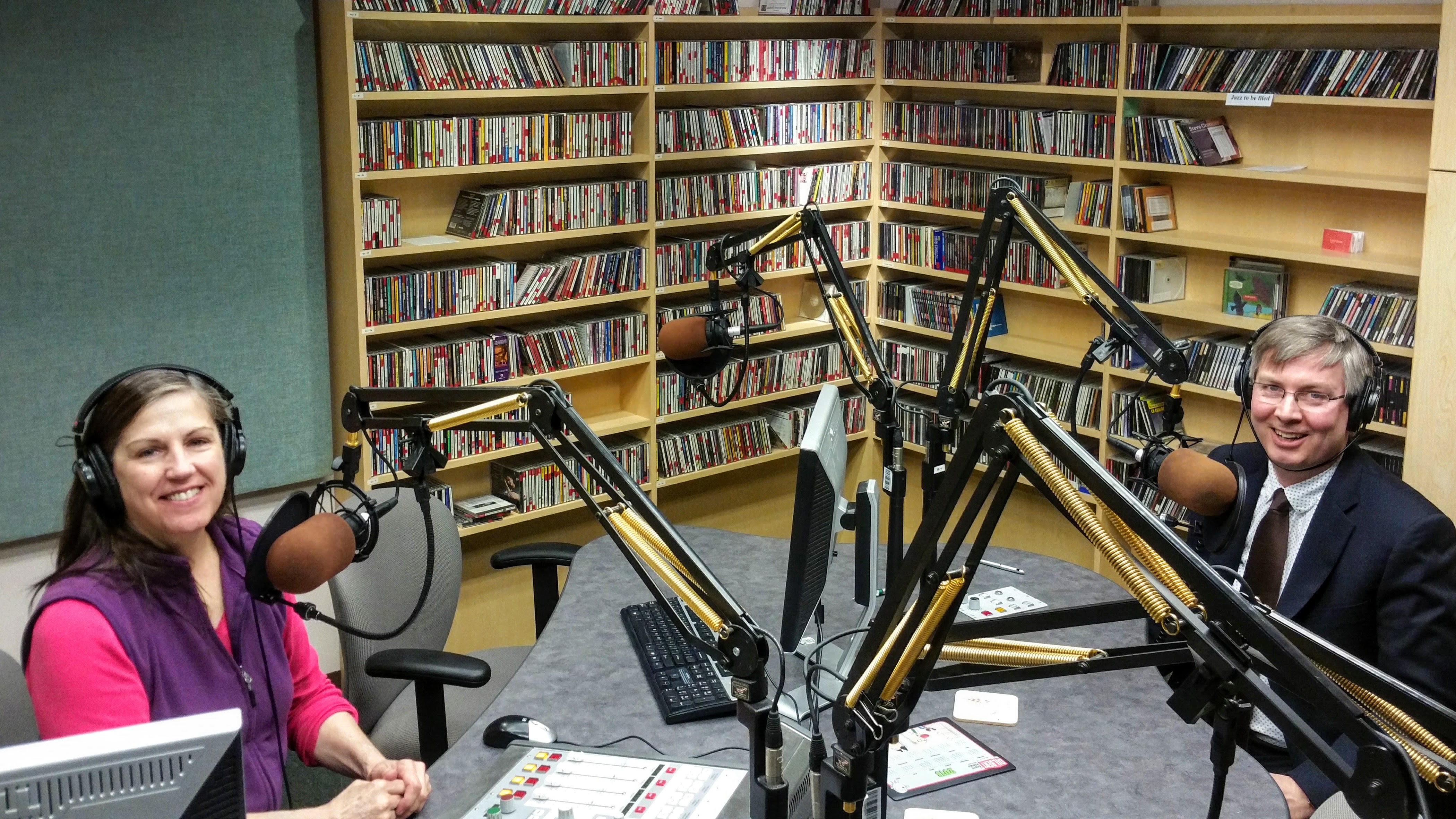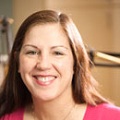
For a teacher who loves nurturing confidence in students as much as he loves mathematics, being the first Alaskan to be inducted into the National Teacher’s Hall of Fame was the fitting cap on nearly 30 years of inspiring young people in Alaska and other parts of the world. Bob Williams grew up in Palmer, the son of a sawmill operator who went to college to to be a petroleum engineer. That was in the 80s. When the price of oil tanked, jobs were scarce and Williams joined the Peace Corp where he found his love of teaching math in West Africa.
WILLIAMS: In Gambia the official language is English so I taught in English. When I went back to the compound it was Mandinka. And it was just a great experience and it was challenging. I started with just… all I had was basically a cement wall that was painted black and a box of chalk. Students wrote in notebooks and I had up to 55 kids in a class. So it was challenging circumstances but that’s where I started doing after-school review sessions for students and helping them study for their low-level exams and I just really found a love of teaching that has just never faded.
TOWNSEND: So, how long were you in the Peace Corps, and how did you get to the point where you could teach back here in the U.S.?
WILLIAMS: I taught in the Peace Corps in Gambia for two years, and then I got a scholarship to Columbia University, a Peace Corps fellowship where they were trying to attract Peace Corps teachers to come teach in New York City. Part of the conditions of that scholarship was to teach full time in New York City public schools and half-time at Columbia University to get a master’s degree in mathematics education. I taught in New York City, Brownsville, Brooklyn, Harlem and the Bronx for two years. And then I really missed Alaska, and so I came back and I taught in Nome, AK for three years. And then, once I was married and my son was born, I had a lot of pressure from my parents to move closer to where they were so I moved back to the Mat-Su Valley and have been a teacher there up until just this past January 27, when I took a job with the Alaska Department of Education with Commissioner Johnson, and now I’m the Director of Educator and School Excellence.
TOWNSEND: I have read that your teaching style has been somewhat unusual in the classroom, that there’s dancing and cheering in math? Please talk a little about that.
WILLIAMS: I’ve always looked for ways to build excitement and one of the things I tell everyone, and I do want students to be highly competitive and very competent in what they’re doing, but I always… I think some of the biggest and most meaningful breakthroughs I make with students is that I tell them all that I want them all to feel welcomed, valued, safe and respected when they walk in the class, no matter who they are. And I work for that. And so, I have some cheers that help… the point-slope form of the line is very important formula we use in Algebra I, but it goes all the way, we use it an awful amount in calculus. We have a math cheer that goes with that. The quotient rule dance in calculus. In geometry, we have Soh Cah Toa cheers, all those kinds of things, but if there’s something where students have struggled with it, I try and have some kind of cheering, dancing motions that go with that. And not every student is into cheering and dancing, so I try to be respectful and say, “Hey, can you at least stand up? Can you mumble a little bit?” You know. And then I have other kids; they are completely into it.
TOWNSEND: So is the idea behind this level of excitement – cheering, dancing, that sort of thing – is it to take the intimidation out of what math can be for some people? Or is it just sort of helping them to remember these exercises in the future?
WILLIAMS: “It’s both. A lot of times, if there’s a physical motion with something, they can help remember it. And it’s also to build a sense of community within the classroom. I do want a sense of whether you really struggle in math or whether things have come very easy for you and I need to come up with more challenging things for you to work on, we are in this together. And when you’re working in small groups, maybe you’re working in a mentor role or a helper role, but I want a sense that we work as a team, we work together and we have a sense of community.
TOWNSEND: Now you’rte at the Department of Education with the state. What’s your level of concern about where we’re going to be going with education, in the next few years especially?
WILLIAMS: “I’d say in terms of concern, just listening to districts and students and educators across the state, there’s a high level of concern with where the level of funding is going to be and how much we’re going to be investing in public education. What I can say is – I mentioned I grew up the son of a logger out in the Mat-Su Valley, my dad’s top salary was $26,000, and yet, I was able to, because I had a quality public school education around me, I was encouraged to go to college. And got a degree in petroleum engineering. So I think every problem we face in the state of Alaska, part of the solution is having a high quality education for all Alaska students.
Lori Townsend is the news director and senior host for Alaska Public Media. You can send her news tips and program ideas for Talk of Alaska and Alaska Insight at ltownsend@alaskapublic.org or call 907-550-8452.





